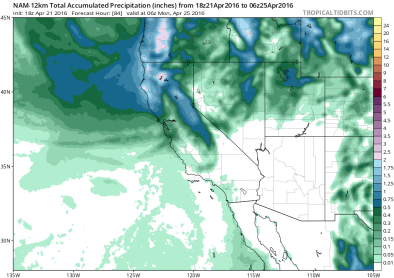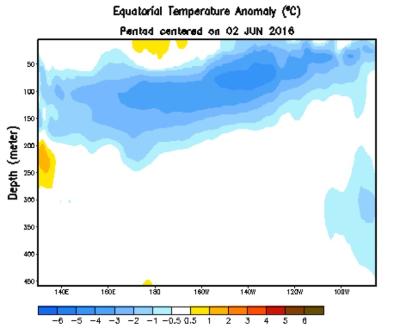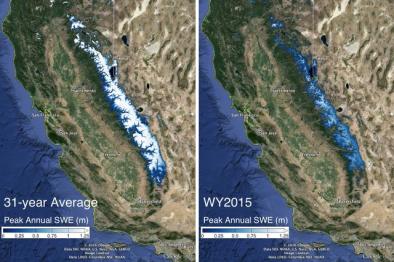Science Source
ENSO and greenhouse warming
- States that the El Niño/Southern Oscillation (ENSO) is the dominant climate phenomenon affecting extreme weather conditions worldwide
- Cites recent studies that have provided new insights into the elusive links between changes in ENSO and in the mean state of the Pacific climate
- Expects the projected slow-down in Walker circulation to weaken equatorial Pacific Ocean currents, boosting the occurrences of eastward-propagating warm surface anomalies that characterize observed extreme El Niño events
- Expects accelerated equatorial Pacific warming, particularly in the east, to induce extreme rainfall in the eastern equatorial Pacific and extreme equatorward swings of the Pacific convergence zones, both of which are features of extreme El Niño
- Anticipates the frequency of extreme La Niña to increase in response to more extreme El Niños
- Predicts ENSO-related catastrophic weather events will occur more frequently with unabated greenhouse-gas emissions
Related Content
Headline

Sep 23, 2016 | Los Angeles Times
Why did El Niño miss SoCal? It's complicated, National Weather Service says
Headline

Aug 10, 2016 | California Weather Blog
California drought update; April showers in NorCal; and La Niña Looms
Headline

Aug 10, 2016 | Weather Underground
El Niño is Officially Over—and La Niña is Likely On the Way
Headline

Aug 10, 2016 | Phys.org
Sierra Nevada snowpack not likely to recover from drought until 2019


